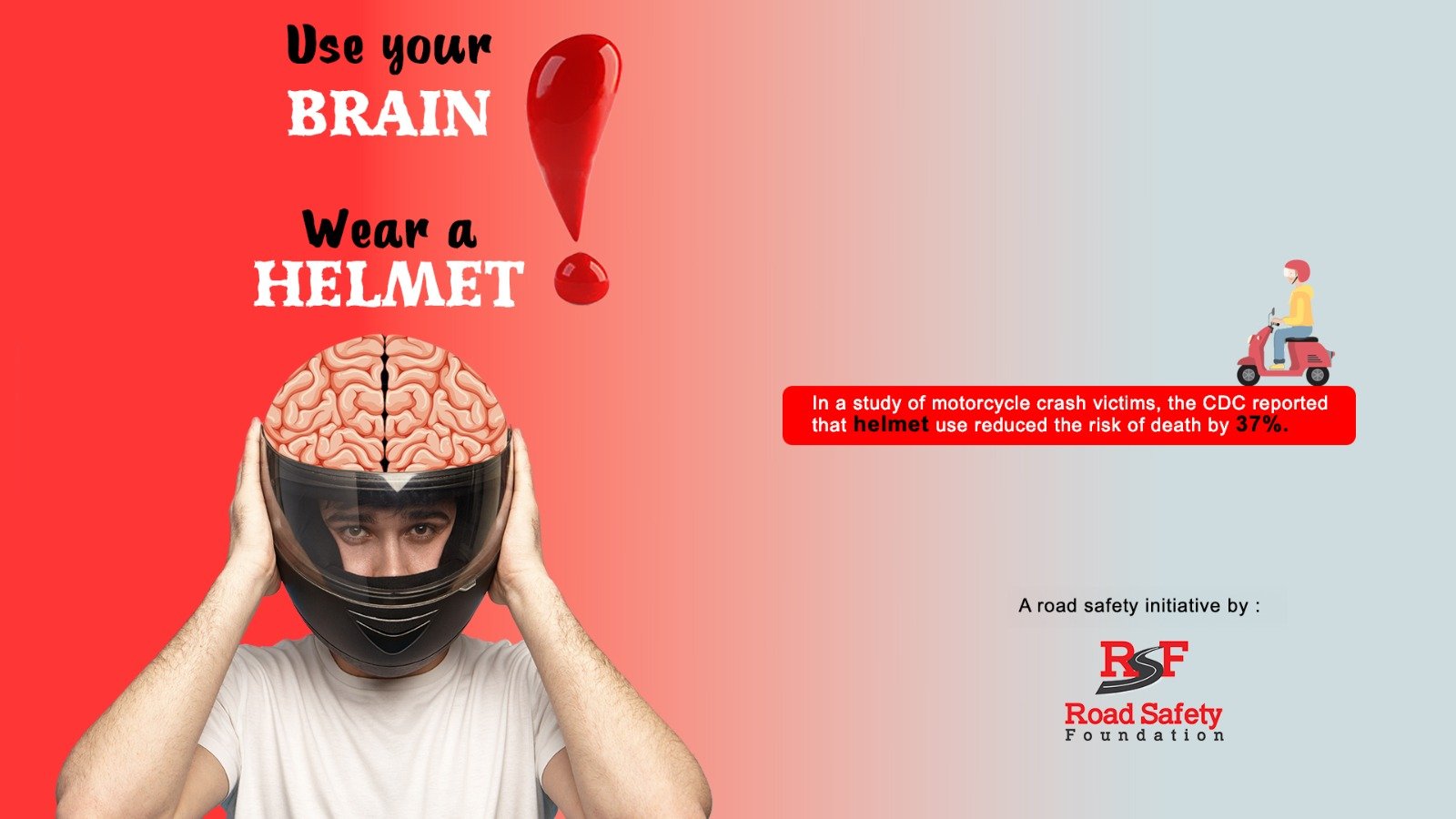Can helmets save life?
Yes, helmets can save lives. Helmets are designed to protect the head and brain from injuries during various activities or accidents. They act as a barrier between the skull and external forces, such as impacts, falls, or collisions.
Wearing a helmet is particularly important in activities where there is a risk of head injury, such as:
Cycling: Helmets can protect cyclists from head injuries in the event of a crash or fall.
Motorcycle riding: Helmets are crucial for motorcycle riders to reduce the risk of head trauma in accidents. Wearing a helmet is essential for motorcycle riders as it offers several critical benefits for safety and protection during riding:
Head injury prevention: The primary purpose of a motorcycle helmet is to protect the rider’s head and brain from potential impacts during accidents. In the event of a crash or collision, the helmet acts as a shock absorber, dispersing and reducing the force of impact on the skull. This significantly lowers the risk of traumatic brain injuries, concussions, and other severe head injuries.
Face and eye protection: Many helmets come with a face shield or visor that offers protection for the rider’s face and eyes. This shield helps keep debris, bugs, wind, and other elements from impeding the rider’s vision and causing eye injuries.
Reduces wind noise: Motorcycle riding at high speeds generates wind noise, which can be damaging to the ears. Helmets help reduce wind noise, making the riding experience more comfortable and protecting the rider’s hearing.
Shield from weather conditions: Helmets provide a barrier against adverse weather conditions such as rain, snow, hail, or extreme temperatures, keeping the rider’s head dry and comfortable.
Improves visibility to others: A helmet makes the rider more visible to other motorists, pedestrians, and cyclists, increasing overall safety on the road.
Legal requirement: In Nepal, wearing a helmet while riding a motorcycle is a legal requirement. Failing to wear one can lead to fines and penalties, underscoring the importance of helmet use.
It’s crucial to wear a properly fitted and certified motorcycle helmet that meets safety standards to ensure maximum protection. Remember that helmets are designed for single-use protection, meaning that if a helmet is involved in a crash or receives a significant impact, it should be replaced, even if no visible damage is apparent. Regularly inspect and maintain your helmet to ensure it remains effective in protecting your head during motorcycle riding.

Safety Standards: Look for helmets that meet and exceed safety standards set by organizations like the Department of Transportation (DOT), the Economic Commission for Europe (ECE 22.05), or the Snell Memorial Foundation. These standards ensure that the helmet has passed rigorous testing and provides adequate protection.
Fit and Comfort: A proper fit is crucial for helmet effectiveness. Try on different helmet sizes and models to find one that fits snugly and comfortably on your head without causing pressure points. The helmet should not move around or feel loose when properly fastened.
Helmet Type: Choose the type of helmet that suits your riding style. The common types are full-face helmets, modular or flip-up helmets, open-face helmets, and half helmets. Full-face helmets provide the most coverage and protection.
Helmet Weight: Lighter helmets are generally more comfortable for extended periods of wear, but the weight should not compromise the overall safety and protection the helmet offers.
Ventilation: Look for helmets with good ventilation systems that allow airflow to keep you cool during hot weather and prevent fogging of the visor.
Visor and Shield: Check for a clear and scratch-resistant visor with an easy-to-use mechanism for opening and closing. Some helmets come with additional features like anti-fog coatings or sun visors.
Liner Material: Helmets with high-quality, moisture-wicking, and removable liners are more comfortable and easier to maintain.
Retention System: Ensure the helmet has a secure and reliable chin strap or retention system to keep the helmet firmly in place during a crash.
Design and Visibility: While aesthetics are subjective, consider choosing a helmet with high-visibility colors or reflective elements to increase your visibility to other road users.
Reviews and Recommendations: Read reviews and seek recommendations from experienced riders or trusted sources to get insights into the helmet’s performance and durability.
New Helmet: Always buy a new helmet, as used helmets may have sustained damage that is not visible to the naked eye. Helmets are designed for single-use protection and should be replaced after a significant impact or crash.
Remember, investing in a high-quality motorcycle helmet is investing in your safety. Don’t compromise on helmet quality for cost, as the consequences of inadequate protection can be severe in the event of an accident.


